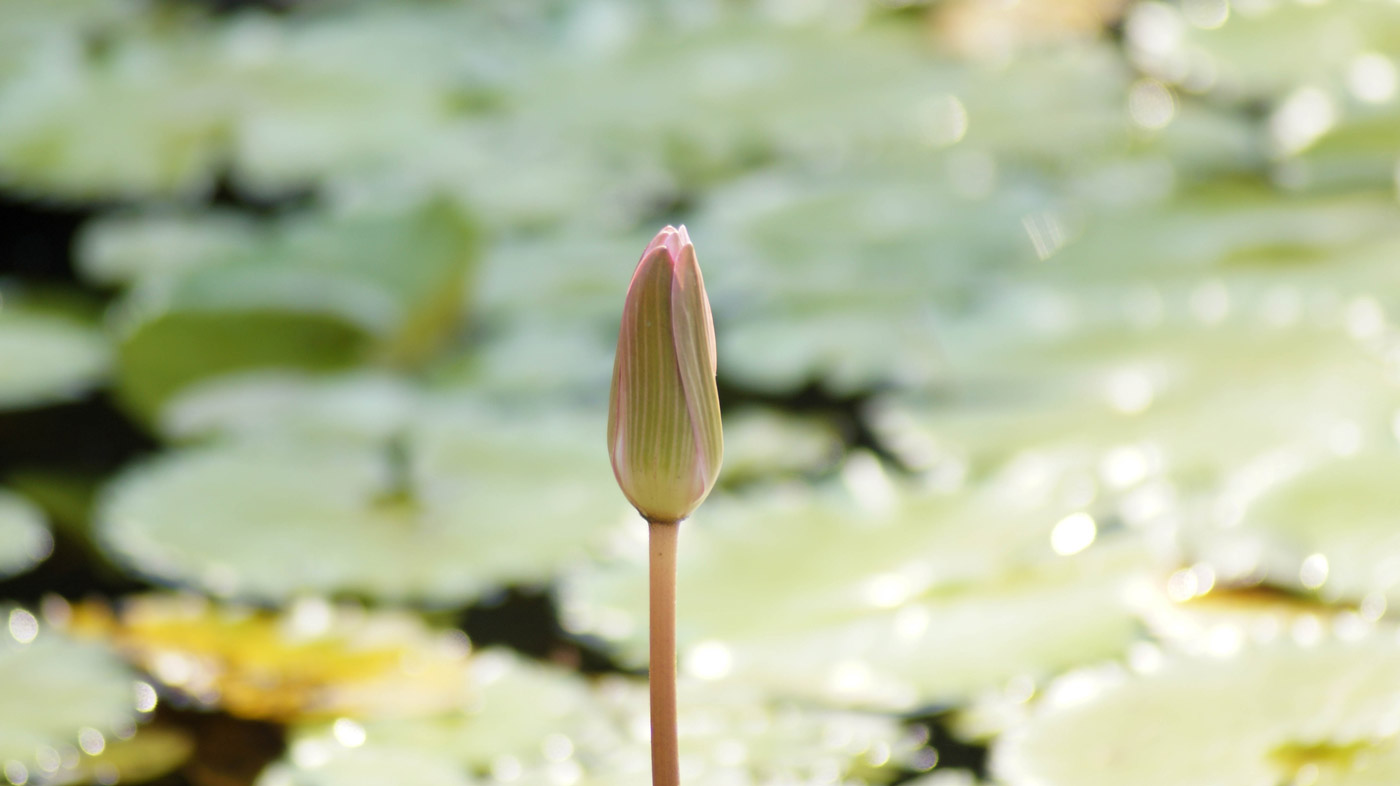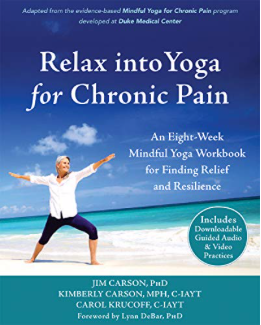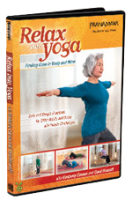Crashing websites, interminable phone holds, and cancelled appointments are just some of the frustrations encountered by those of us trying to get vaccination appointments—and that’s just among the minority of Americans who are even eligible to get inoculated against Covid-19. It will be months before everyone who wants the vaccine can get one, say public health officials, who are pleading for patience.
But after enduring a year that feels like we’ve all been sent to our rooms to think about the mess we’ve made, it’s hard to be patient. We got through 2020, holding onto the promise that 2021 would be better. Two months into the new year and it’s clear that–while we can glimpse light at the end of the tunnel– we’ll all have to hang in there a while longer.
Yoga offers numerous tools to help manage the physical, mental, and emotional stress of pandemic fatigue. Yogic teachings are grounded in the recognition that uncertainty is an inevitable fact of life. Impermanence is central to the human experience. Everything changes, and while we may be able to take charge of our actions, the results can be outside our control.
To help navigate the mystery of uncertainty—and life’s inescapable ups and downs—yoga encourages us to cultivate the quality of kshama—a Sanskrit term meaning “patience” or “forbearance.” Considered among the noblest of virtues, this practice is defined as having equanimity in all circumstances—pleasant and unpleasant—and remaining kind, calm, and serene even when facing hardship. Kshama teaches us that, when waiting is inevitable, we can wait impatiently and be miserable or wait patiently and be happy. The choice is ours.
To help strengthen your “patience muscles,” try these yoga practices:
- Breath Awareness. If you’re feeling impatient and/or overwhelmed, pause and notice your natural breath—without trying to change or direct it in any way. Is your breath deep or shallow? Smooth or labored? Observe your breath with a sense of curiousity and self compassion, recognizing that your breath can reveal a great deal about what’s going on in your body, your heart, and your mind. Watching the breath brings us into the present moment and illuminates the connection between our body and our mind.
- Relaxed Abdominal Breathing. Nature’s own stress-reliever is right under your nose. When you relax your belly and fill your lungs with air, it triggers a cascade of calming physiologic changes—the heart rate slows, blood pressure decreases, muscles relax, and the mind quiets. Click this link for an audio instruction in the relaxed abdominal breath.
- Mindfulness. Learning to pay attention to what’s happening in the present moment, with a sense of kind, non-judgemental curiousity, can be a transformative practice. Often our stress relates to worries about the future or ruminations about the past. Mindfulness meditation helps us train our mind to be fully present in this moment—with compassion for ourself and others.
- Mindful Movement. The pandemic has taken a toll on our bodies—with a reported increase in stress-related ailments such as cracked teeth, poor sleep, and headaches. Excessive sitting and working in non-ergonomic settings (i.e. laptops at the kitchen table) can result in back, neck, and joint pain. Yoga posture practice helps stretch and strengthen muscles, find proper physical alignment, release tension and improve function. And unlike some forms of Western exercise that you can do while watching TV, yoga practice involves being fully present in the experience—so you are moving mindfully and paying close attention to what’s going on in your body, mind, and emotional heart moment-by-moment, breath-by-breath. Yoga posture practice helps us get out of our heads and into our bodies, and learn to befriend our bodies and treat ourselves with respect.
- Restorative Yoga. The relaxing practice of propping your body into various shapes, then resting in that position, has become increasingly popular during the pandemic. Restorative yoga recognizes that the “un-doing” is as important as the doing, and cultivates ease in body and mind. Click here for guidance in a simple restorative yoga practice.
- Acceptance. When confronted with something unpleasant, it’s common for our minds to spin with resistance: “This is unfair, it must be a mistake, if I do X, Y, or Z, it will go away. . .” Yet all the effort we put into resistance actually increases our suffering. Instead, we can surrender to the reality of what is. But this does not mean we’re giving up. Acceptance means being willing to have the experience you are already having. When we stop wishing that things were different from what they are, we avoid wasting energy on resistance and can focus instead on positive ways to deal with our situation. We can see more clearly and decide on a healthy course of action. As Buddhist teachings state: “Pain is inevitable; suffering is optional.” The difference lies in releasing our resistance and accepting it is what it is.
In Joy,





